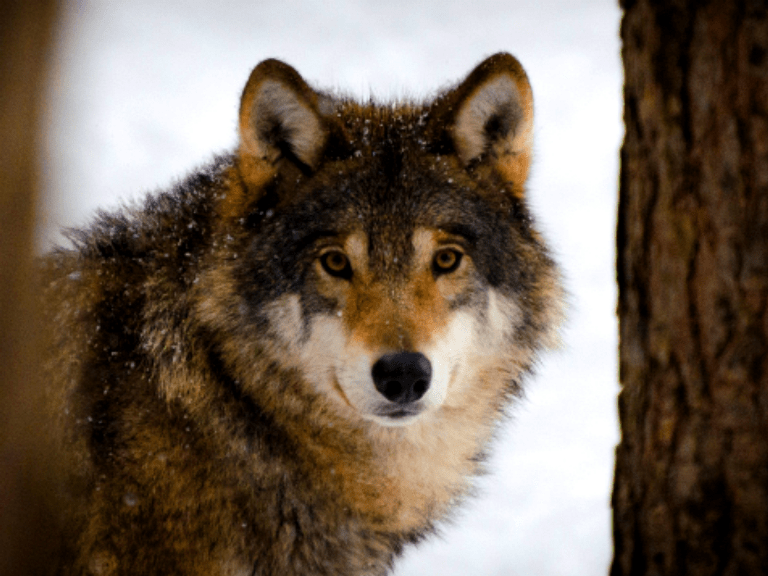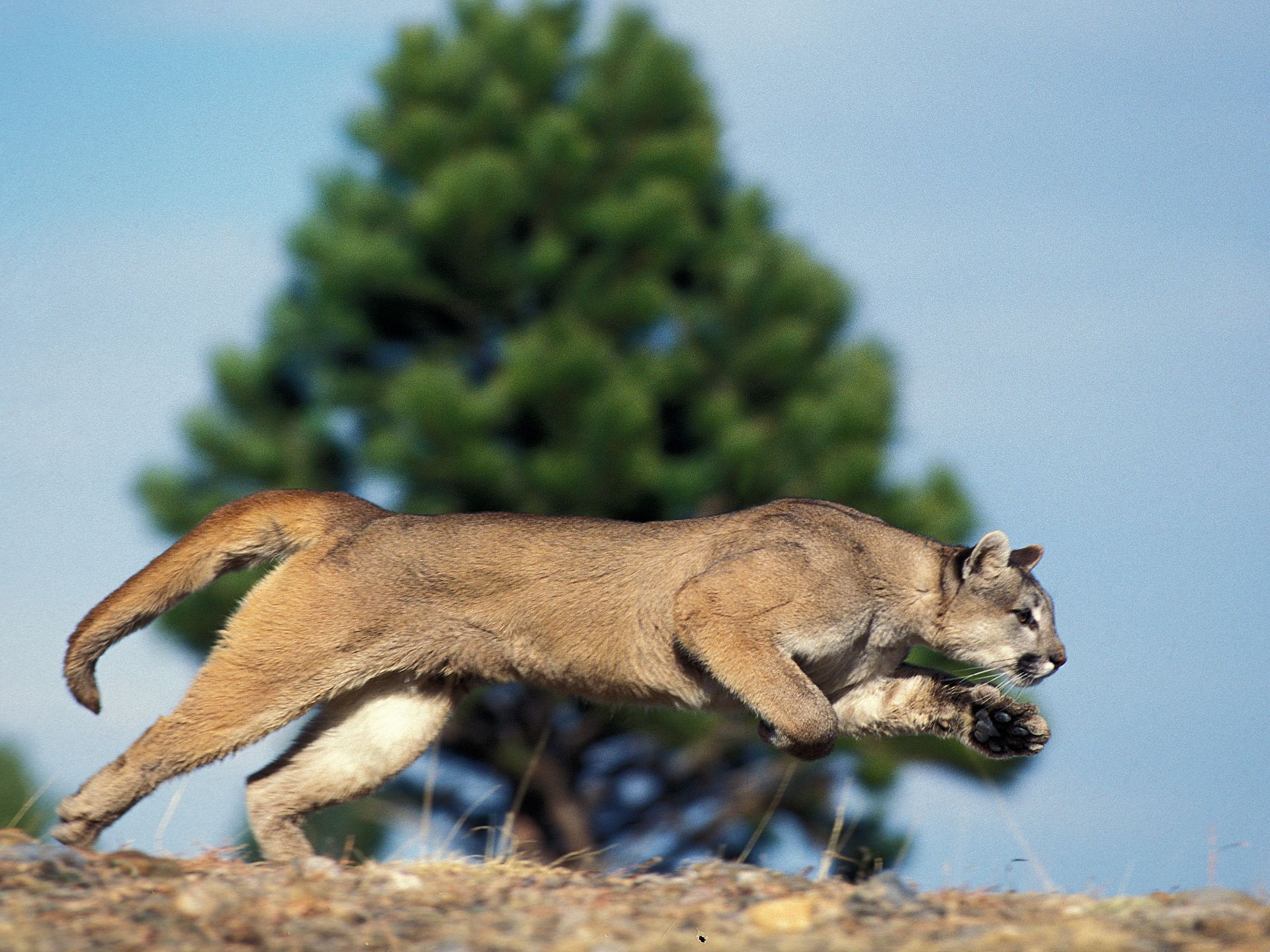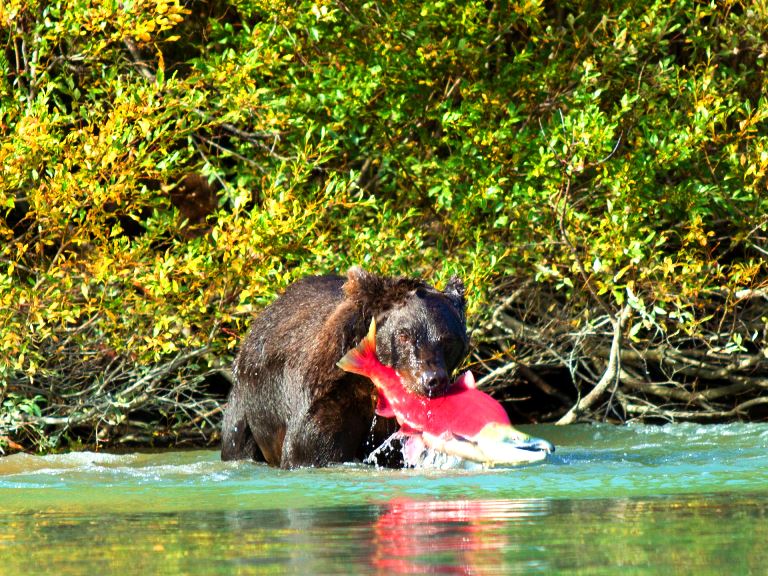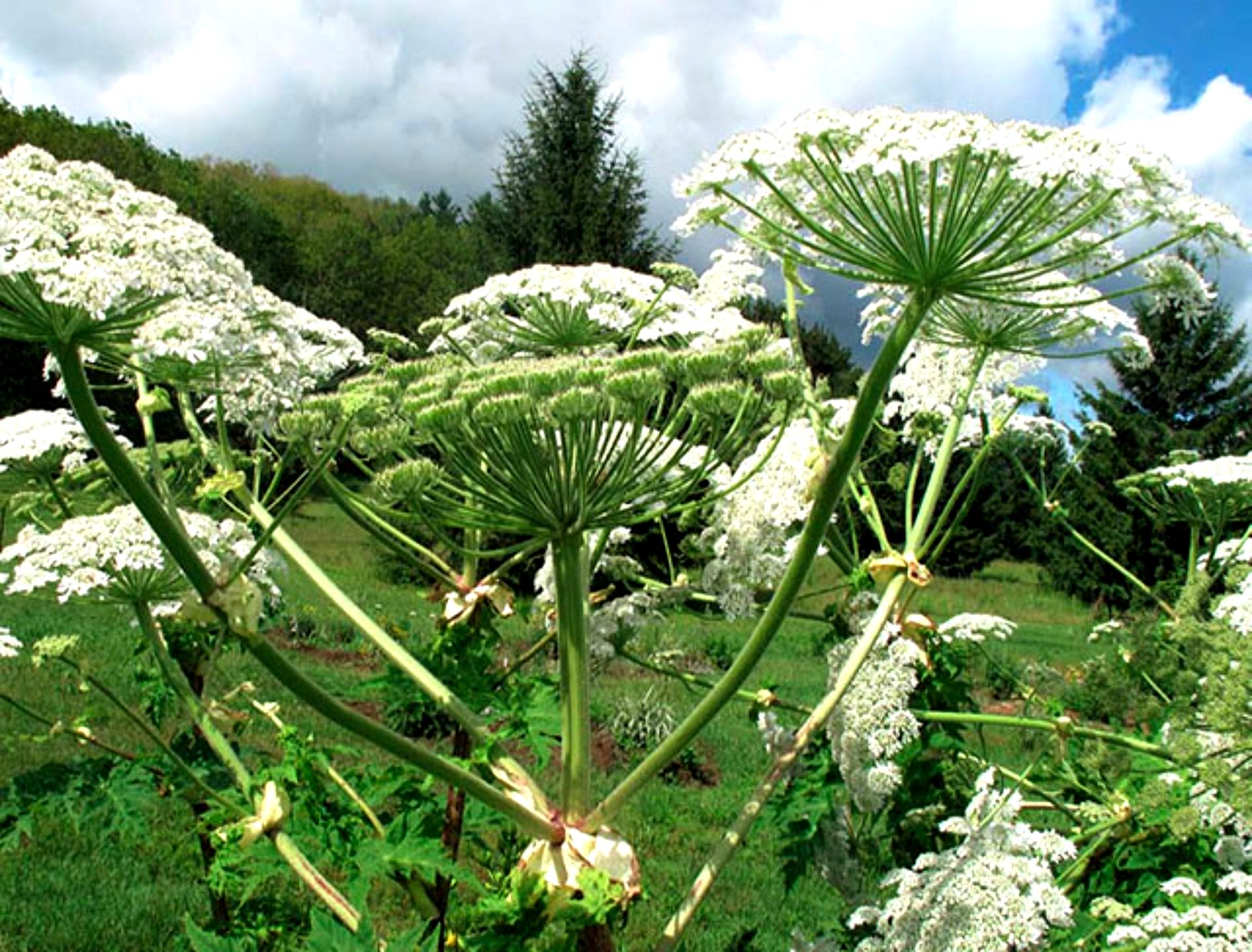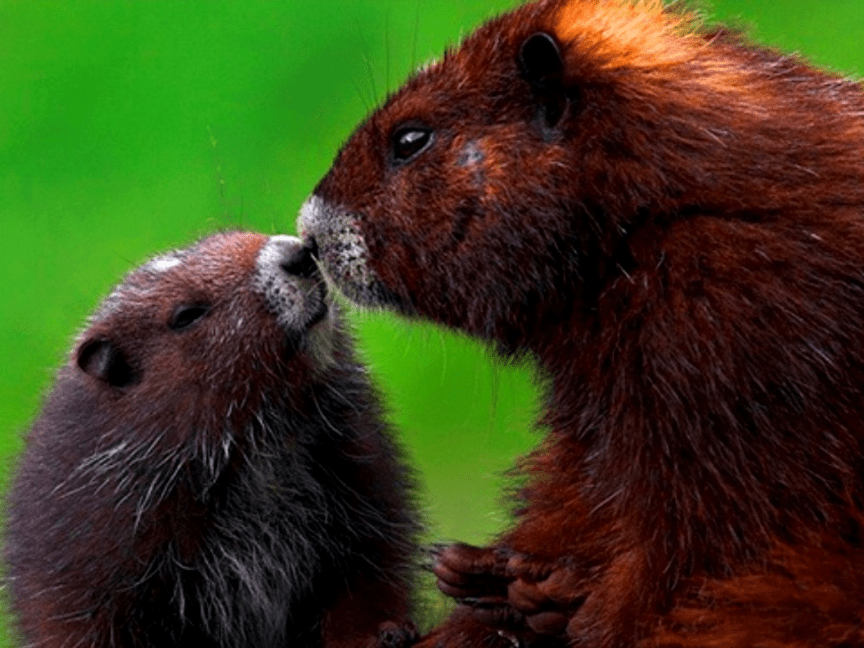Phrases like “to see you better” or “I’ll huff and I’ll puff until I blow your house down” have stigmatized a fantastic animal, shrouding it with an undeserved aura of malevolence. The truth is that Yellowstone’s wolves, after their reappearance, saved the lives of other species. Wolves: Debunking Villain Stereotypes.
Roots of Stigmatization
The demonization of wolves probably stems from the medieval conception of the Catholic Church, which directly associated them with malevolence, deceit, voracity, and violence in devil-related cults.
The Decline of Wolves in Yellowstone
By the 19th century, ranchers in that region of the country, concerned about their cattle being attacked by these canids, decided to exterminate them. The last pack was hunted down around 1926, and some individuals were seen wandering alone until 1930.
Ecological Destabilization
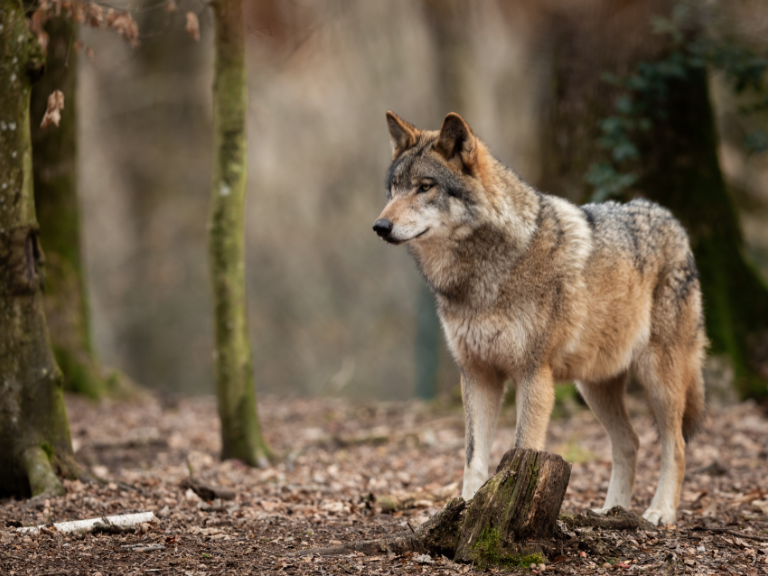 The removal of wolves triggered a catastrophe for Yellowstone and many of the species that share this fragile ecosystem. As ecologist Donald Falk of the University of Arizona put it, “Species are like bricks in the construction of a building. We can lose one or two dozen bricks without the house wobbling. But if 20% of the species disappear, the entire structure becomes destabilized and collapses. That’s how an ecosystem works.”
The removal of wolves triggered a catastrophe for Yellowstone and many of the species that share this fragile ecosystem. As ecologist Donald Falk of the University of Arizona put it, “Species are like bricks in the construction of a building. We can lose one or two dozen bricks without the house wobbling. But if 20% of the species disappear, the entire structure becomes destabilized and collapses. That’s how an ecosystem works.”
The Importance of Wolves in the Ecosystem
One might think that by removing a single species from this area, it wouldn’t be so severe. However, some species, like the wolf, with their mere presence, ensure the continuity and survival of many others. Even the course of the rivers depends on the health of their populations.
The Herbivores’ Feast
When the ultimate predator, the master of Yellowstone, disappeared from the scene, some animals had a feast. But that frenzied celebration soon got out of control, and there was no one to restore order.
The Overpopulation of Deer and Elk
Deer and elk populations began to increase dramatically, consuming vast amounts of biomass, causing bare patches of soil to grow and multiply across the landscape.
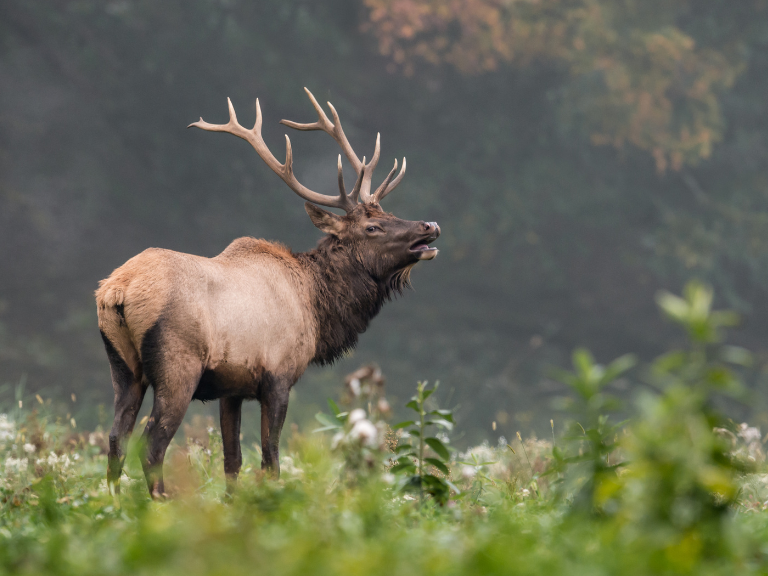 Impact on Riverbank Areas
Impact on Riverbank Areas
Riverbank areas suffered greatly, and the lush riverbank grasses disappeared along with the young trees that grew there, weakening the ecosystem sufficiently for many bird species to abandon the ship and be forced to migrate or disappear.
Effects on Beaver Populations
Of course, one of the most affected by this drastic change was the beaver, which quickly saw the last of the willows and young poplars on the riverbanks disappear. When there were no more trees to eat and to build their dams, the populations of North America’s largest rodents rapidly declined.
Reintroduction of Wolves in Yellowstone
Finally, in the 1990s, the country’s political authorities paid attention to the concerns of scientists who had fully identified the problem. By suppressing a key species like the wolf, the imbalance would make this ecosystem no longer functional, and the perfectly balanced flow of matter and energy that only nature knows how to do would no longer exist.
The “Trophic Cascade”
In 1995, they made the decision to “import” wolves from Canada, where the populations of these canids were stable, and ecosystems were healthy. The benefits were not long in coming.
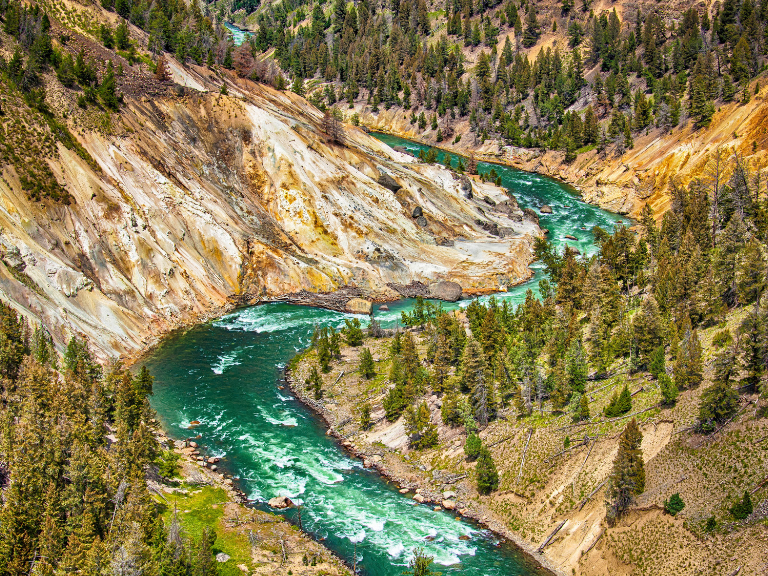 Recovery of Yellowstone’s Ecosystem
Recovery of Yellowstone’s Ecosystem
Scientists called what happened a few years later and continues today the “trophic cascade,” though it would be more appropriate to call it a “trophic avalanche” because the recovery of Yellowstone, thanks to the explosion of life, is truly admirable.
The Role of Wolves in the Recovery
The wolves did what any of us would do if we were hungry; they simply ate. They hunted easy prey like the deer and elk, which had become accustomed to decades without having to worry about any predators. Automatically, the populations of these large herbivores decreased, and with it, the stability of the ecosystem slowly returned.
You may be interested in: British Columbia wolf cull
The Perfect Balance of Nature
Young trees reappeared with the opportunity to grow large and strong because no one ate them when they were small. But it’s not as simple as replacing one species with another; the solution never consisted of introducing wolves to exterminate the deer. In the perfect balance of nature, deer and elk are as necessary as wolves.
Recovery of Rivers and Wildlife
The arrival of wolves forced herbivores to change their behavior, relegating them to areas with more forest cover, avoiding the riverbanks, and only accessing them to quench their thirst, immediately retreating without grazing on those delicate areas of recovering land.
A Tangible Example of the Importance of Wolves
Rivers began to recover, receiving fewer sediments, willows and poplars returned, and with them, beavers immediately started rebuilding their dams. This reduced the water’s speed, allowing many species of amphibians, reptiles, and fish to confidently return to the new natural pools that were being rebuilt.
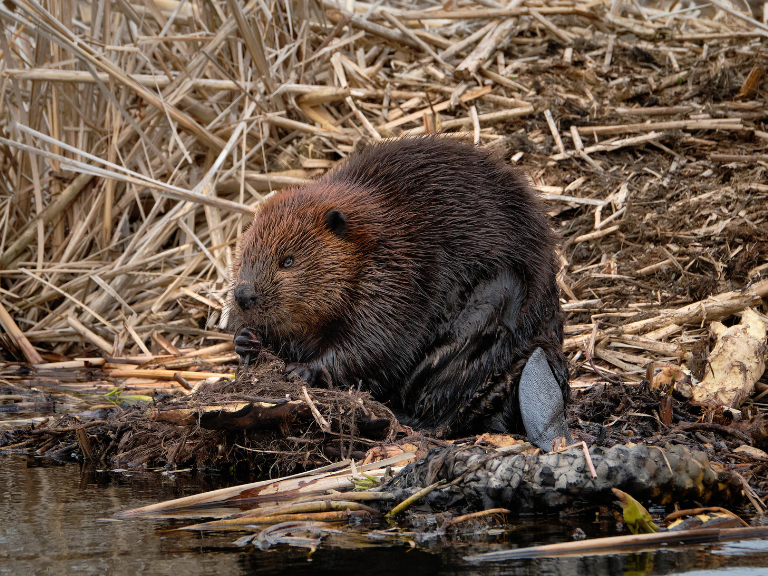 The Lesson of Yellowstone
The Lesson of Yellowstone
This is one of the most tangible and easily understandable examples worldwide of what happens when we weaken an ecosystem by removing or exterminating a species from it. The sad part of the story is that incredibly, in Canada, where the wolves reintroduced to Yellowstone were extracted, they are allowing the extermination of Algonquin wolves or Eastern wolves (Canis sp. cf. Lycaon). However, that’s another story I will soon write for Natural Press.
The Harmony of Wildlife
Birds, reptiles, amphibians, fish, mammals, and even insects can coexist harmoniously within a balanced ecosystem because Wolves: Debunking Villain Stereotypes.

Periodista ambiental y de conservación colombiano, actualmente residente en Canadá.

